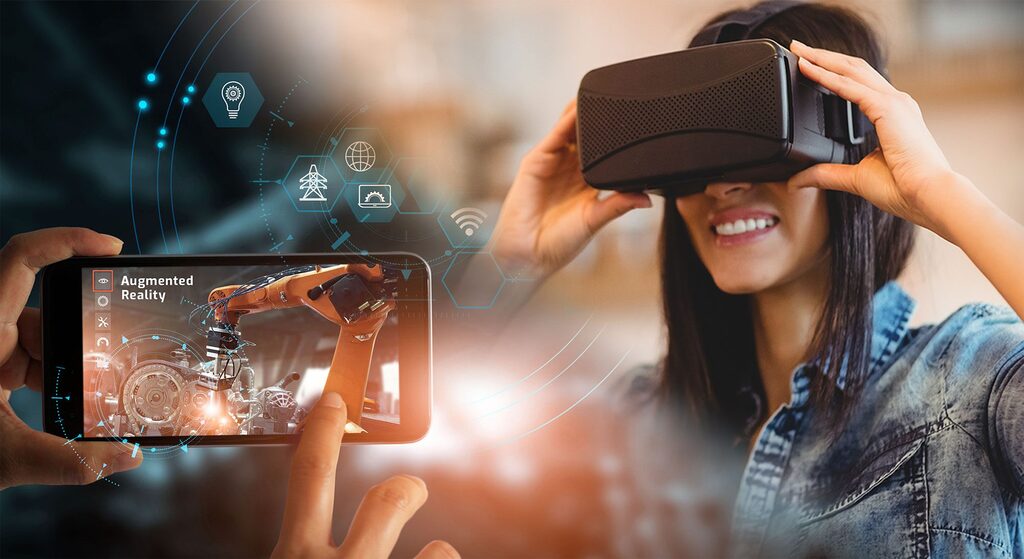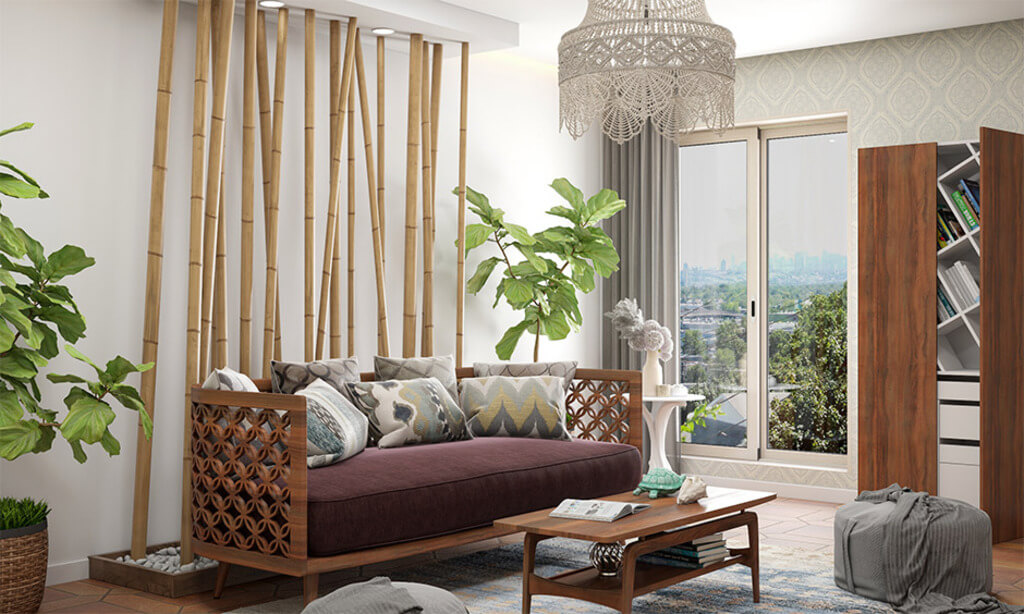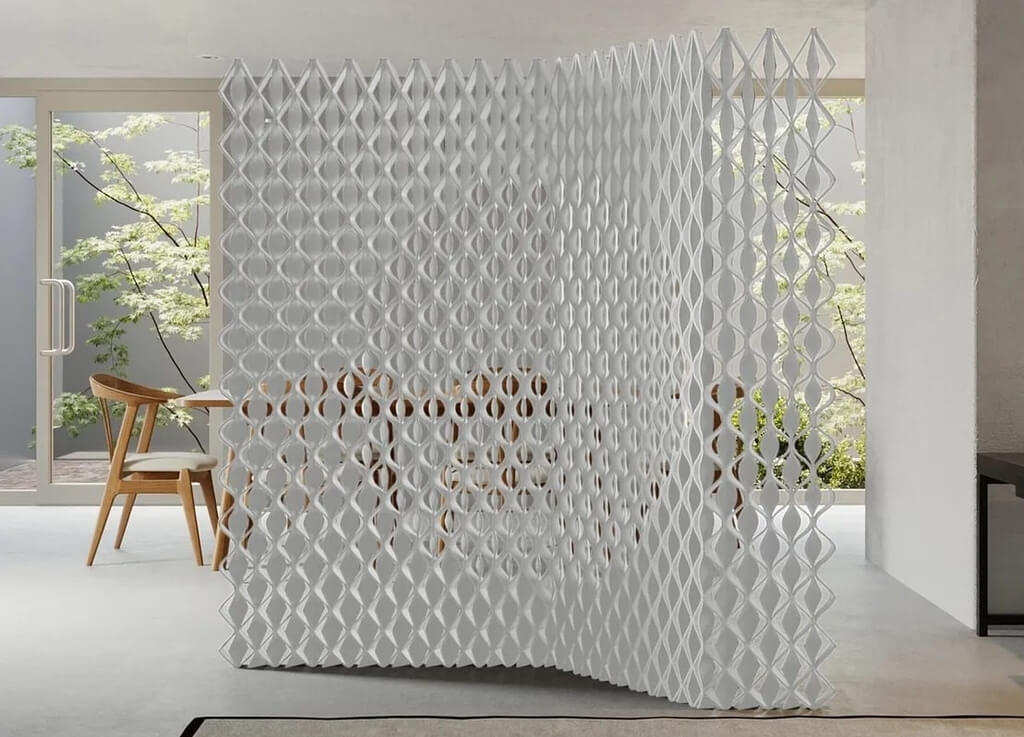Explore this post with:
Technology has transformed everyday human life, and interior design isn’t an exception. Recent technologies have made it possible for interior designers to create innovative and sustainable design options. Modern technologies, especially virtual realities and smart homes have revolutionized this industry’s future. Below are a few technological trends that shape the future of interior design.
1. The Rise of Virtual and Augmented Realities

Virtual and augmented realities have enabled interior designers to unlock new levels through life-like simulations. Interior designers can provide interactive and immersive experiences that allow homeowners to visualize their interior space before construction or remodeling using these technologies.
Unlike before, virtual reality walkthroughs and showrooms are becoming more common in the industry. Here, clients wear VR headsets to experience virtual tours of their proposed space and suggest changes in real time. Virtual design in construction also allows clients to explore several interior design options, simplifying the interior design process. Interior designers also use VR showrooms to showcase and market their work to potential clients.
On the other hand, augmented reality apps are becoming essential for interior designers. These apps allow interior designers to create digital overlays of furniture and other household installations on their interior designs. AR allows designers to test and explore different options and make changes to their spaces conveniently. Clients can also use these apps to view their new space.
2. Sustainable Interior Design Solutions

Sustainable and eco-friendly interior design options are gaining popularity, especially as the impacts of global warming become apparent. Modern technologies have made it possible for interior designers to prioritize environmental sustainability in their interior designs. Besides reducing carbon footprint, sustainable solutions help create natural and authentic spaces.
While there are endless options for incorporating sustainability in interior design, the use of energy-efficient building techniques stands out. Energy-efficient options, such as passive solar design, significantly reduce energy consumption. These technologies maximize natural light and ventilation, increasing your home’s energy efficiency.
Recycled or reclaimed materials are also frequently used in interior design. Modern technologies have made it possible for architects, contractors, and interior designers to recycle and reclaim most construction materials. Using these materials is not only sustainable but also adds uniqueness and character to your space.
3. 3D Printing in Interior Design

3D printing is another evolutionary technology in the interior design field. This technology has changed how interior designers approach the whole design process. It offers great personalization, efficiency, and flexibility. Interior designers can now create unique and intricate design options that reflect their client’s personality and preferences.
A perfect use case of 3D printing is in customizing furniture and other décor elements. Interior designers can use 3D printing to create tailored furniture pieces that suit the client’s needs and preferences. For instance, designers can include a chair that suits the client’s body size and shape for assured maximum comfort. Such a level of customization couldn’t be achieved by traditional manufacturing methods.
4. Designing for Smarter Homes

In the past, interior designers focused on arranging furniture around TVs. Now, they face a new challenge of fitting in a range of home tech in smart homes. Here are three key products that have taken the front foot in recent times:
Smart Locks:
These make home access easy while keeping intruders out. Pick options that match your design style, from integrated deadbolts to keyless entries. Smart locks also offer secure access through apps, adding to the layers of smart security in a house.
Indoor Security Cameras:
They’re becoming standard for smart homes as they offer real-time home checks. However, finding the right spot for these cameras without disrupting the design can be tricky.
Smart Speakers:
Devices like Google Home or Amazon Echo allow voice commands for various tasks. Integrating these into your living space without making them stand out is essential.
Smart Designs:
Designers use tech like VR, AR, and 3D tools (as discussed above) to collaborate with clients, thereby reducing physical visits and costs.
Smart Kitchens:
Think about kitchens that can communicate with users! They include voice-controlled appliances and smart features like setting oven temperatures via an app.
Smart Entertainment:
Home automation extends to entertainment systems, where voice-controlled gadgets manage everything from music to movies.
Smart Lighting:
Intelligent lighting reduces energy costs and offers customization for different occasions, lasting longer than traditional lighting systems.
Smart Switches:
These make homes more energy-efficient and cost-effective without replacing appliances, especially useful in renovations.
Smart Living Spaces:
Transform areas like the living room using intelligent lighting, AV designs, and innovative storage solutions for a utopian touch.
Smart Security Systems:
Remote monitoring, door control, and alarms will give homeowners peace of mind about their property’s security.
Smart Heating/Cooling:
Energy-efficient systems like smart thermostats help control temperature and reduce energy bills.
Smart Sensors:
Sensors like smoke detectors enhance safety by alerting homeowners and emergency services in case of accidents or intruders.
Smart Privacy:
Smart curtains add a layer of safety by adjusting based on presence or programmed settings, enhancing energy efficiency, too.
Endnote
With the world becoming increasingly dependent on technology, it isn’t a surprise that interior design processes are also changing. Interior designers should keep up with upcoming interior design technologies to meet their rapidly changing clients’ needs. These technologies have simplified interior design processes and made it easy for clients to make informed decisions.
Explore Further
About the Author: Iram Shaikh
I Am Iram! and I'm not your typical writer. I find my inspiration in the pages of a good book and the thrill of discovering new places. Over the years, I've honed my skills in content creation, specializing in crafting engaging and traffic-driving content. When I'm not at my desk, I'm out exploring, seeking out hidden gems, and sharing my adventures with fellow travelers. Join me on this journey of words and wanderlust, where every story is an opportunity to explore and dream.




